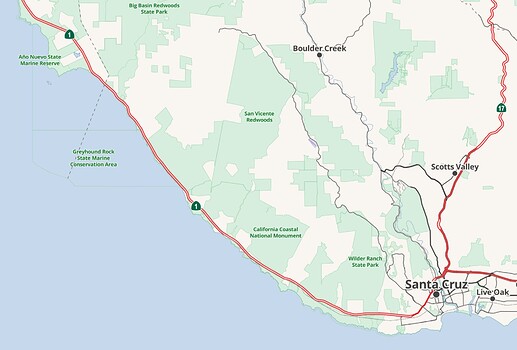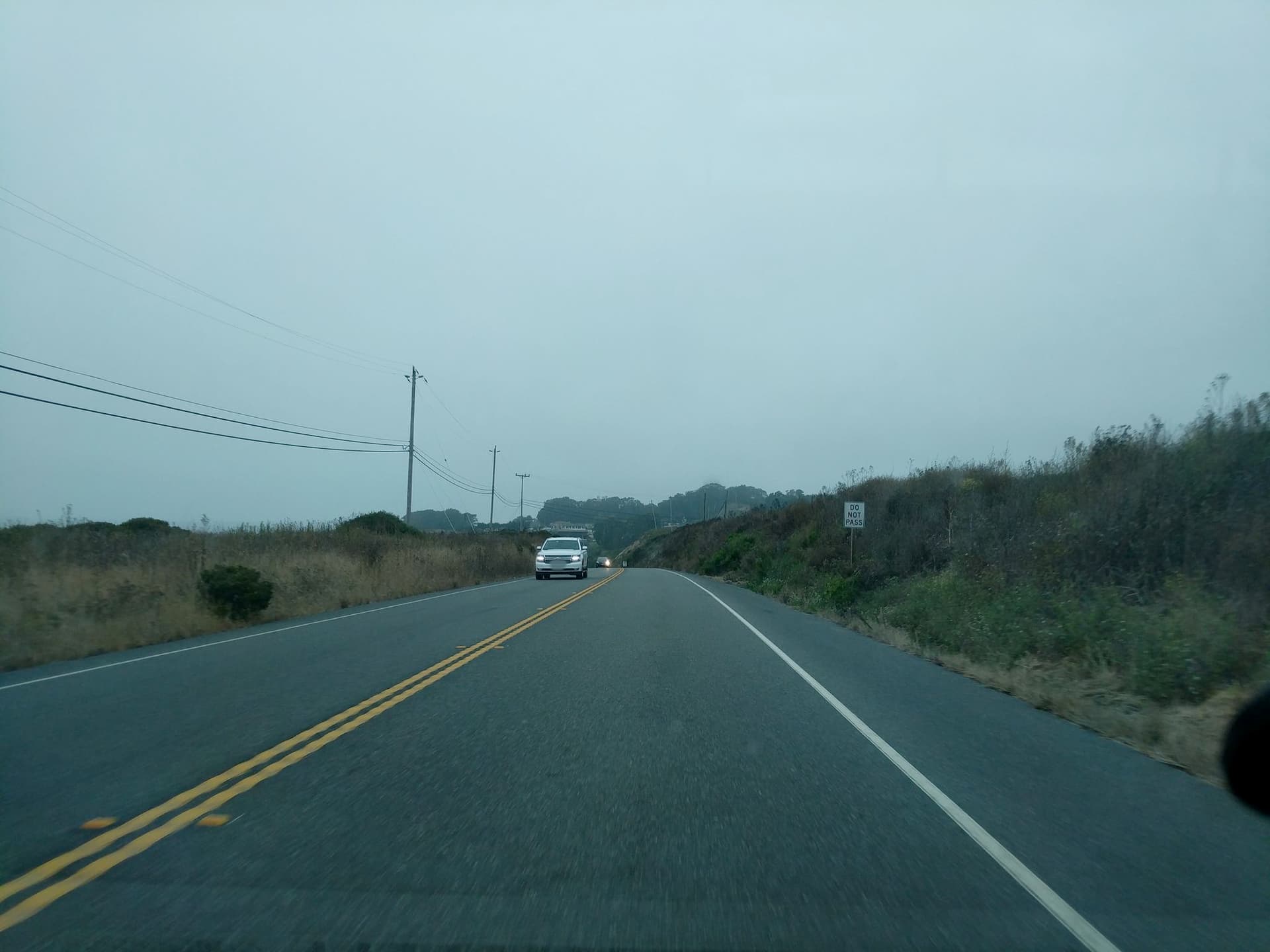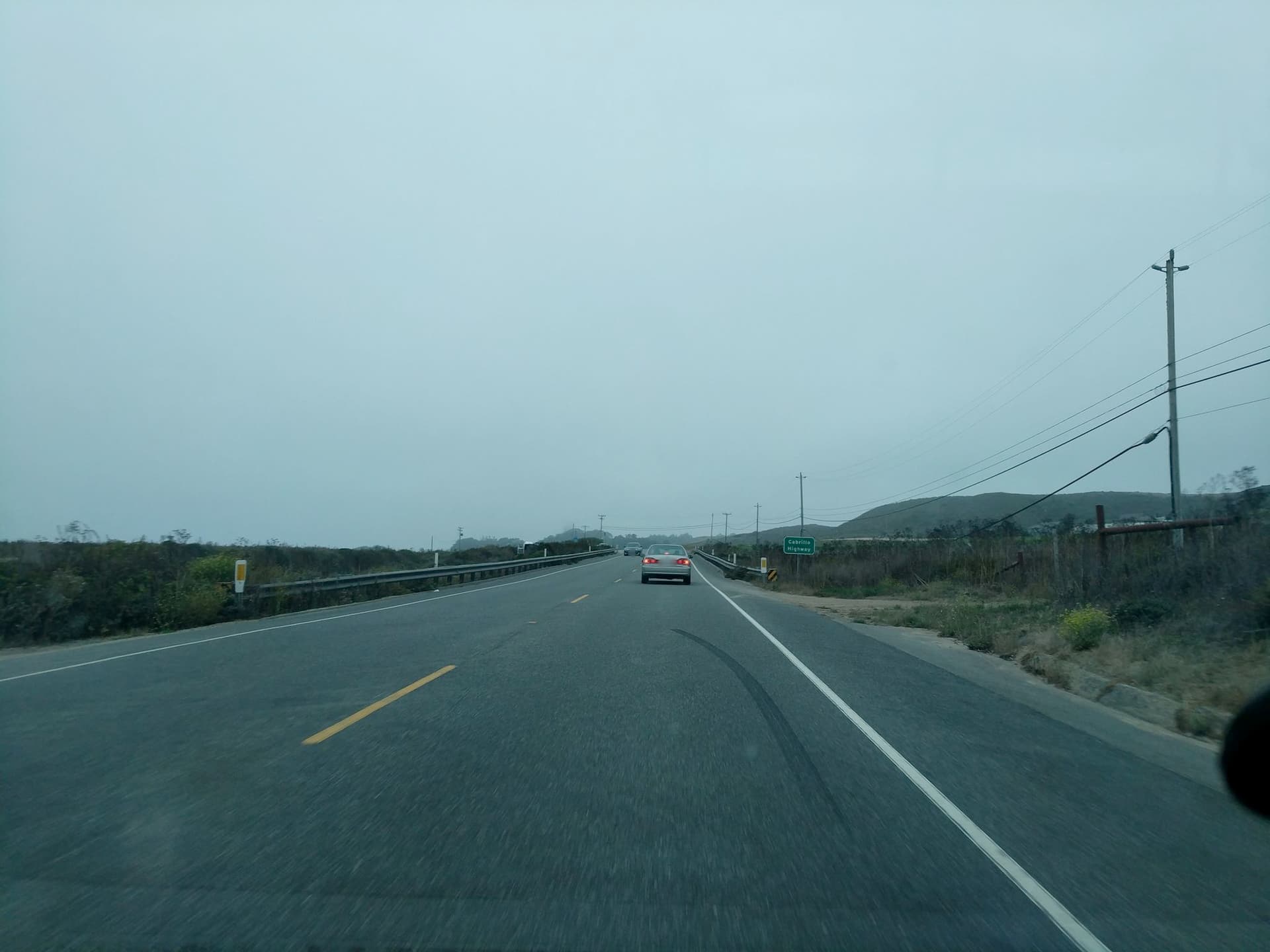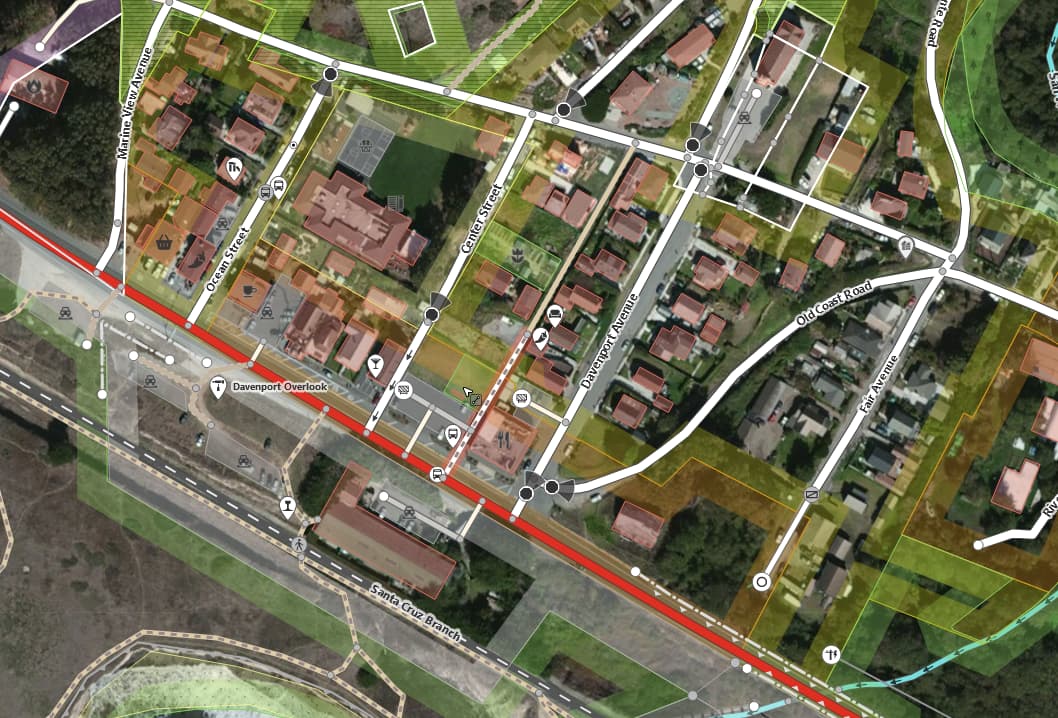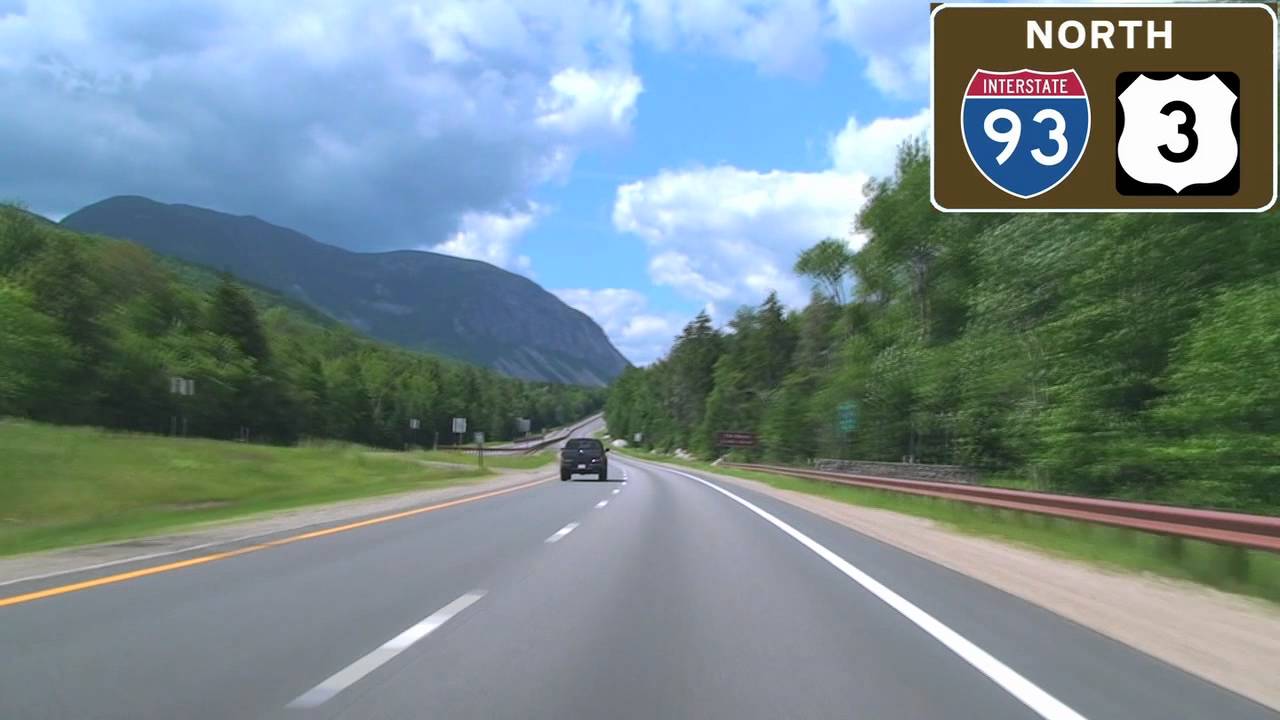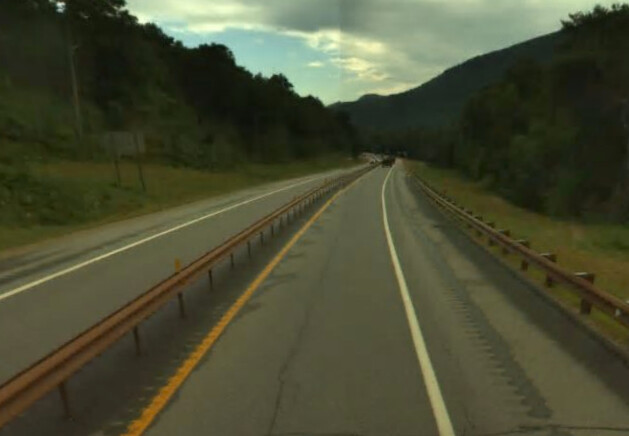Minh and I are fairly local to one another, though I’ve lived in Santa Cruz for decades and have driven this road hundreds if not thousands of times. I’ll explain that there is a lot of history of this road being tagged with various tags over OSM’s nearly two decades. We are talking about the segment from Santa Cruz’ Swift Street westerly (logical north), including the signalized intersection at Western Drive, all the way to Ridgeway Drive / Fairway Drive (Pacifica), where north of there the road becomes signed, de facto, de jure freeway.
As “trunk” became re-defined since we now call it more-logical-to-network (rather than with physical characteristics) and “expressway” became a newer tag to express “high-speed travel” (among other characteristics), tagging this road in OSM has always been difficult. More so now that our own wiki for expressway states “expressway tagging can be somewhat subjective.” Yes: here we go again.
This is a higher-speed rural road connecting cities (Santa Cruz <=> the southern reaches of San Francisco’s urban areas), with some “villages” (Davenport, Montara, Moss Beach, Granada…) and at least two “towns” (Half Moon Bay, Pacifica as definitions seem to allow extents to continue that far) along the way. By “higher-speed,” I believe the speed limit along much or most of it is 55 MPH, although there may be some 60 or 65 segments. When traffic is light, I find traffic at even higher speeds (70 MPH is not uncommon, though of course, that risks a speeding ticket; my point is that the road is capable of those speeds, and even those much higher than that; I invoke my 5th amendment right against self-incrimination to not say more).
Yes, the road is two-lane and undivided for much of its length, though there are segments where it is three-lane (a passing lane on one side) or even four-lane, but seldom with center median. Much of the reason I tagged this expressway=yes is to characterize the very different nature of the road between “in Santa Cruz” (Mission Street between Swift and Chestnut) and “outside of Santa Cruz.” (Strict city limits are not what I mean by that). “In” Santa Cruz, the road is a congested, lower-speed trunk that defines “Westside commercial district” (Swift to Laurel) and “Westside professional district” (Laurel to Chestnut). To be specific, when traveling logical north / physical west, the difference between Mission @ Swift (a 25 MPH, four lane “business district” trunk road) drastically changes after the signal at Swift (even to the signal at Western and beyond): it “opens up” in width and becomes a 50 MPH (at least) higher-speed road for the next 70 or so miles, with a few exceptions (like through Davenport, where the character of the road doesn’t dramatically change, but the speed limit “through the village” drops to 35 MPH). That makes it worthy of an expressway=yes tag.
Yes, Hwy 1 here is 100% certainly characterizable an expressway between Chestnut and River (in Santa Cruz); this is known locally as “the Bypass” and has a speed limit of 40 MPH (recently down from 45), but it isn’t the legally-defined freeway further east (logical south) of River Street. But, the segment “through town” (Chestnut to Swift) is most certainly not expressway, so it isn’t tagged that. West (north) of Swift I have tagged this expressway=yes, because it is a higher-speed road that fundamentally changes at the boundary of Swift Street.
I have mixed feelings about removing expressway=yes from these 70 or so miles of road. We would lose the fundamentally-different characteristic of the road as it exists “in” and “out” of Santa Cruz (where it quite radically changes in nature at Swift Street) and OSM would also have no other way of characterizing it as a fundamentally high-speed road, distinct from low-speed “in town.” Mmmm, if we were to better tag with speed limits here, that would help. Though, I want to hear (read) what others continue to say here, as all of this is quite a lot, and I’ve always had some difficulty tagging Hwy 1 between Pacifica and Santa Cruz (including IN Santa Cruz as Mission Street). Thanks for good dialog.
